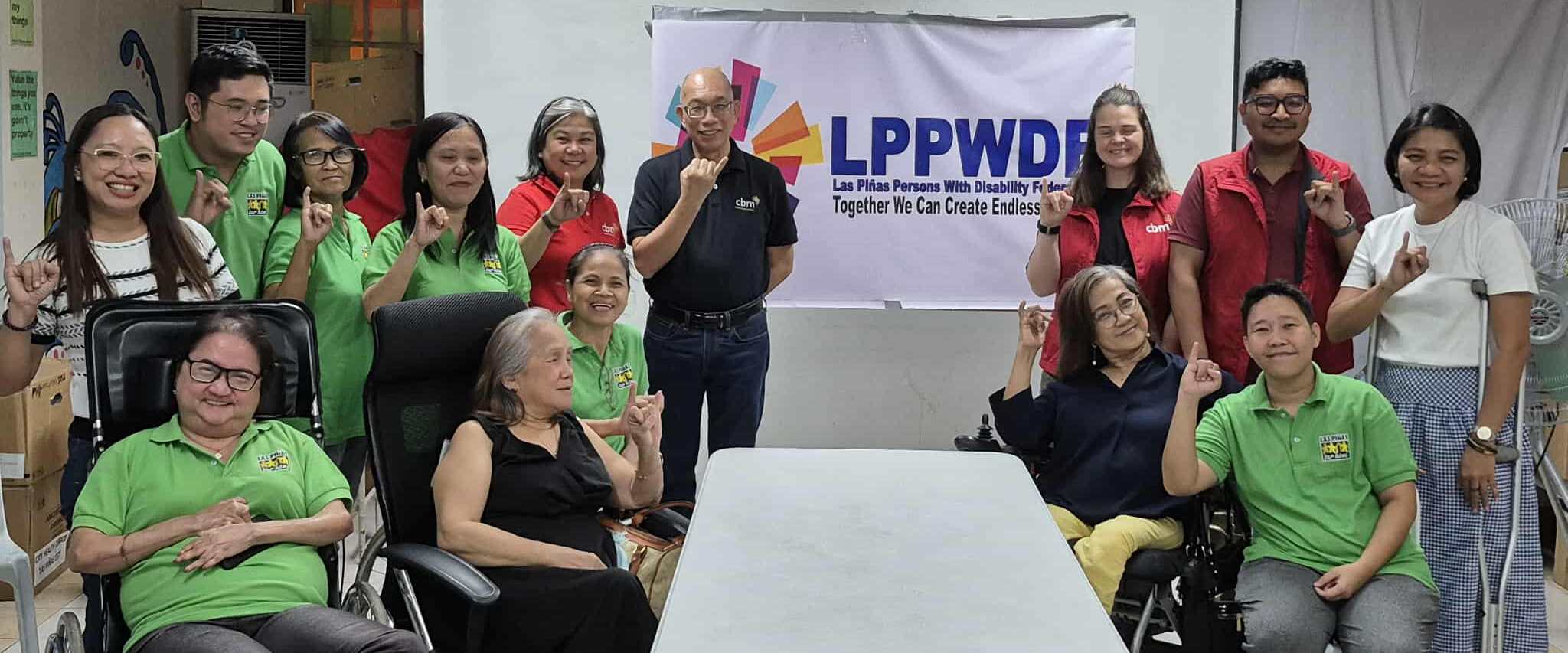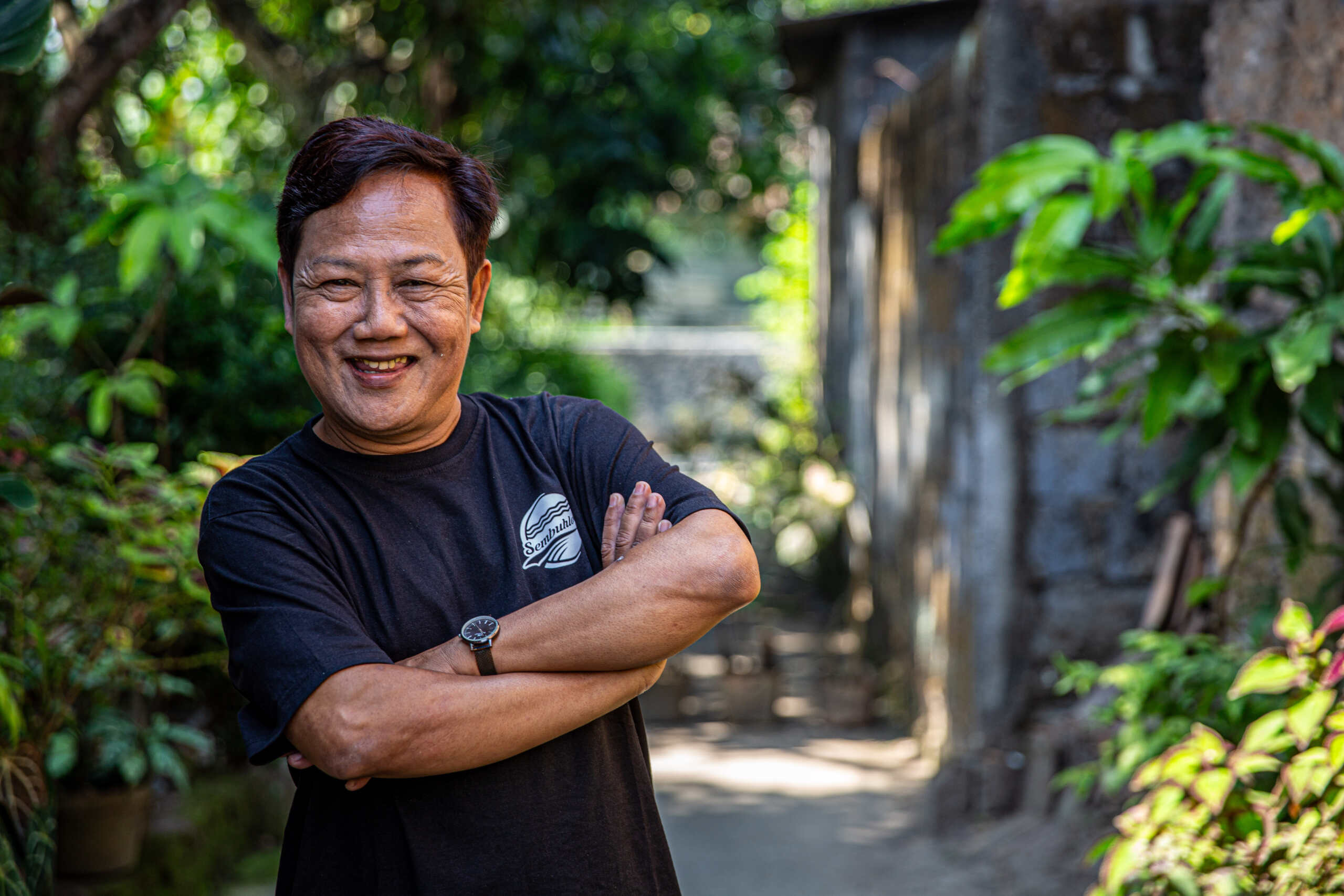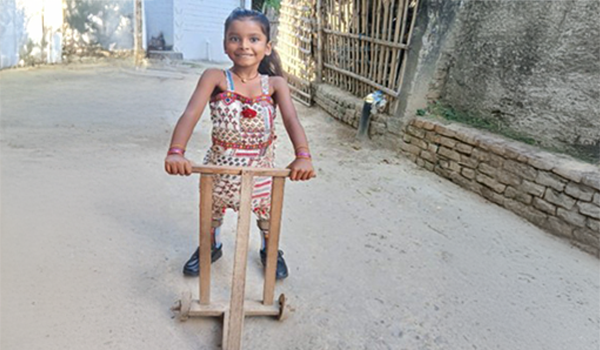What is the real cost of Disability Inclusion?
Ahp-phase-iii-program, Iag, Stories | March 26, 2024
Imagine a world where everyone, regardless of their abilities, is given an equal opportunity to thrive. This vision is at the core of disability inclusion in humanitarian efforts.
But what does it truly cost to turn this vision into reality in the Rohingya crisis response?
“I learned from the training that to meet the physical accessibility requirements and other reasonable accommodations for people with disabilities, between 3-7 percent should be added to budgets. We had an opportunity to review the budget.
We keep our budget inclusive for incorporating disability inclusion into every activity, which helps us to meet the requirements of people with disabilities and ensure their meaningful participation.”
– Dr. Shadly Benzadid Arefin, a disability inclusion focal point with NGO Forum in Bangladesh.
Insufficient budget, particularly for assistive devices and mainstreaming activities, can create a significant challenge for programs seeking to include people with disabilities.
Learning from the Australian Humanitarian Partnership (AHP) Phase III program in Bangladesh illustrates the importance of planning and budgeting for inclusion.
UNICEF has provided a useful resource for estimating disability inclusion costs in humanitarian projects and recommends using a results-based framework to calculate costs, or using 3-7% of the total budget as a guide. Even though many people with disabilities benefited, a shortfall in budget can have serious consequences for effective inclusion of all people with disabilities in the program.
Lesson learned
The lesson here is straightforward: Disability inclusion requires not just intention but action in the form of deliberate planning and budget.
This means that, in the design stage, comprehensive budget analyses should be undertaken, and budget categories should include costs like technical expertise, assistive devices and reasonable accommodation for both mainstream and targeted activities.
Disability inclusion requires a commitment to equality and accessibility. By allocating sufficient resources and integrating inclusive practices throughout, we can help ensure that the needs and rights of people with disabilities are not just acknowledged but are realised.
Discover more
This blog is part of a five-part series of insights into the lessons the Inclusion Advisory Group collated from the Australian Humanitarian Partnership (AHP) Phase III program.
Find out more about the program here.
https://www.cbm.org.au/iag/ahp-phase-iii-program/what-is-the-real-cost-of-disability-inclusion
Related Stories

Strengthening OPDs for inclusive governance and leadership in the Philippines
In the Philippines, the journey toward disability inclusive governance...

Mental health: a community, governance, and human rights issue
Mental health conditions are among the most prevalent and significant contributors to disability worldwide. However,...

Breaking barriers: Sivani walks to school
Sivani, a six-year-old from a rural municipality in southeastern Nepal, was born with Spina Bifida – a condition that...
